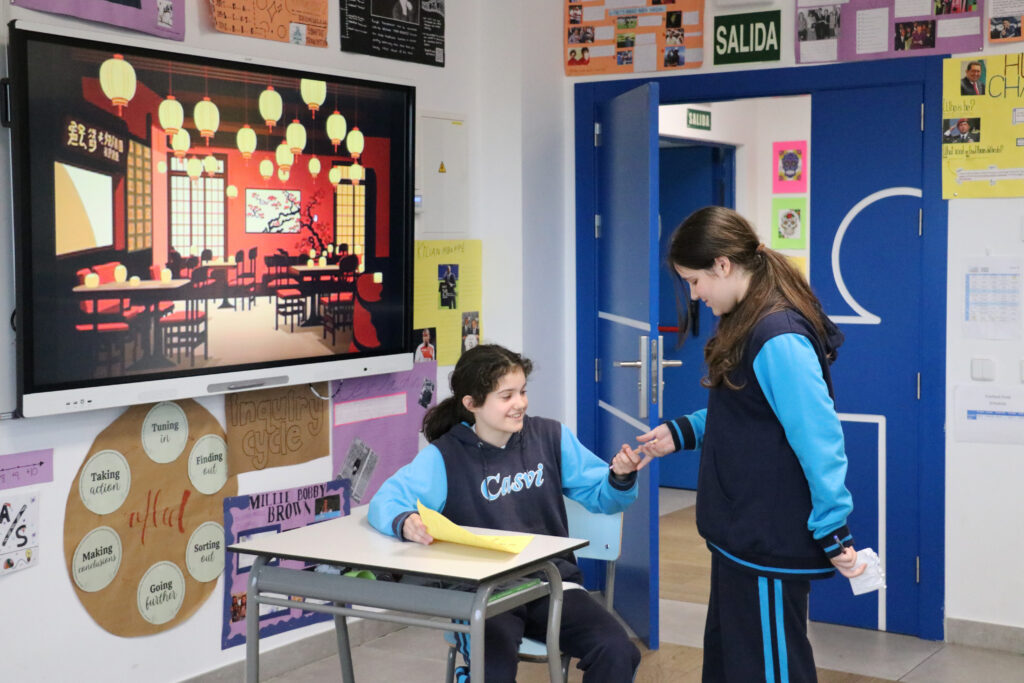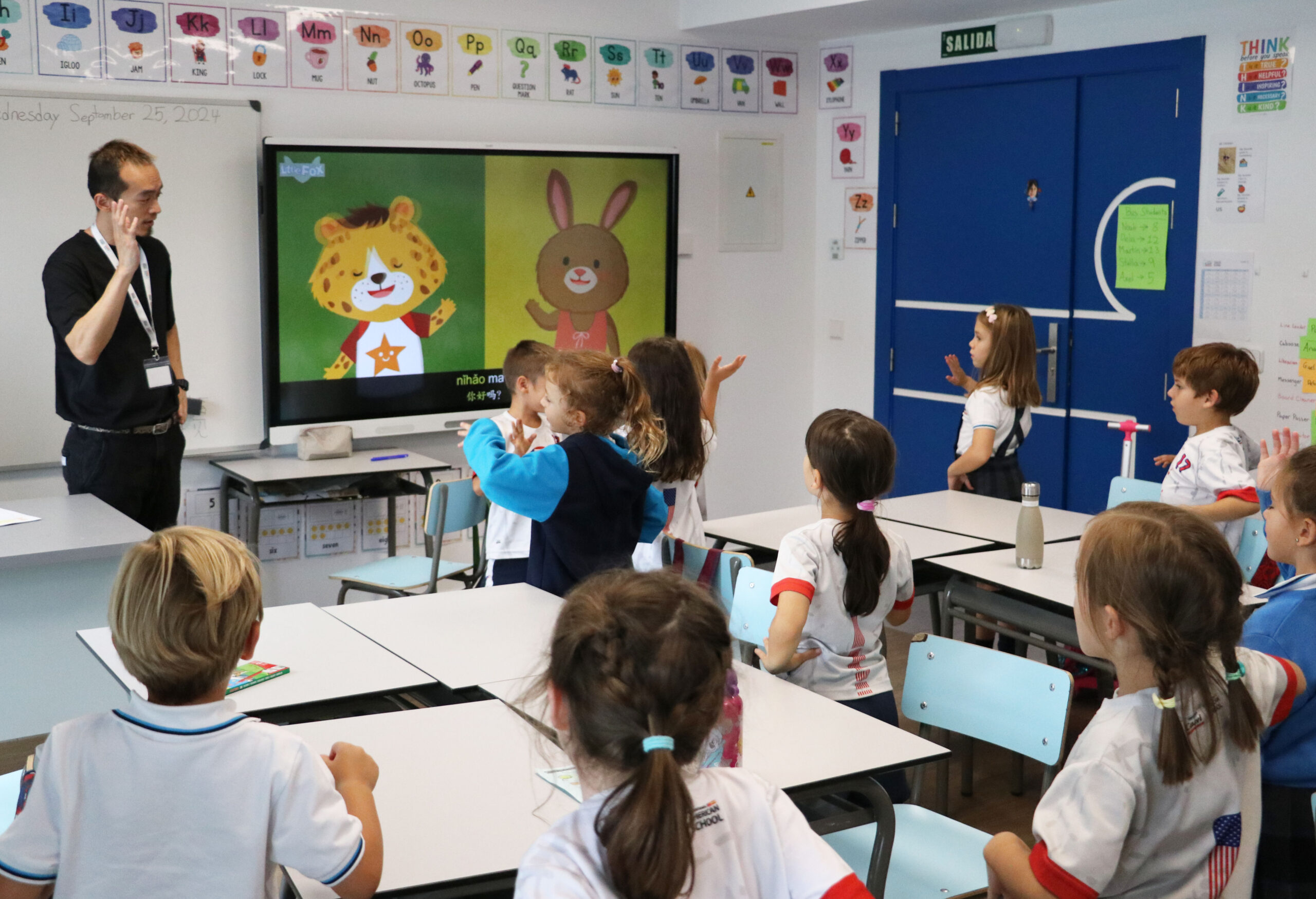Learning a new language doesn’t just open doors to other cultures or career opportunities — it’s also a great way to stimulate the mind and boost memory. However, when it comes to a language as unique as Mandarin Chinese, many parents find themselves wondering: What is the best age to start learning Chinese?
What Is the Best Age to Learn Chinese?
Experts agree that the best age to start learning Chinese is around 5 or 6 years old. At that stage, children already have a solid grasp of their native language, can read and write, and are beginning to develop a natural curiosity about other languages and cultures.
At these ages, a child’s brain is in a peak stage of plasticity: able to pick up new sounds, structures, and tones with remarkable ease. This is especially important in Mandarin Chinese, a tonal language where the meaning of a word can change depending on its intonation. Thanks to their flexible ears, children can distinguish and reproduce these tones far more easily than adults.
Experts agree that the best age to start learning Chinese is around 5 or 6 years old.

It’s often said that children are like “sponges”, and this certainly holds true when it comes to language learning. They absorb information naturally, imitate sounds, repeat phrases, and memorize vocabulary without needing to understand the grammar rules.
They also learn through play and exploration, without fear of making mistakes. This playful approach allows them to progress quickly, whereas adults tend to overanalyze and constantly self-correct, which can slow down their learning.
Benefits of Learning Chinese from a Young Age
The benefits of learning Chinese go far beyond just the language itself:
- It boosts brain development. Both hemispheres of the brain are activated, enhancing memory, attention, and focus.
- It improves pronunciation and listening skills. Children who learn Chinese develop strong auditory sensitivity, which can benefit them when learning any other language in the future.
- It fosters cultural empathy. Learning the language and culture of China broadens the mind and encourages tolerance and curiosity about different ways of life.
- It strengthens discipline and perseverance. Learning Chinese characters and how to write them is a challenge that teaches consistency, effort, and patience.
- It opens up future opportunities. In a globalized world, speaking Chinese can be a major professional advantage in the future.
How to Create a Chinese-Language Environment at Home
If your family doesn’t speak Chinese, don’t worry. There are plenty of simple ways to stay in touch with the language outside of class. Here are some practical ideas:
1. Listen to Chinese children’s songs during the ride home or bath time. Music helps reinforce rhythm and pronunciation.
2. Put Chinese stickers on household items (table, door, toy, lamp). This helps children associate words with images.
3. Watch Chinese cartoons with Spanish or English subtitles. Children will pick up everyday expressions and natural intonation.
4. Read or listen to Chinese stories before bedtime. There are wonderful audiobooks and bilingual books that make learning a relaxing and fun experience.
What Happens If You Start Later?
While childhood is the ideal stage, it’s never too late to learn Chinese. Teenagers and adults can also make great progress, especially if they stay motivated and consistent. That said, starting early provides a significant advantage in pronunciation, fluency, and naturalness.

Our Teaching Methodology
At Casvi International American School, our students study Mandarin Chinese as a second language. They begin exploring the language and culture in first grade (ages 5–6).
If you want to learn more about our teaching methodology, visit our website or contact us.


